Lymphedema is a condition that involves chronic swelling in one or both arms or legs. It results from a blockage in the lymphatic system, which is part of the immune system. When lymph nodes can’t drain properly, fluid builds up in tissues, leading to uncomfortable and painful swelling, as well as other complications.
There are two types of lymphedema:
primary and secondary. Primary lymphedema is an inherited illness that is extremely rare.
Secondary lymphedema, which is far more common, is caused by another disease or condition, such as injury to lymph nodes, removal of lymph nodes during cancer surgery, radiation treatment for cancer, or cancer itself.
What is Red Light Therapy?
Red light therapy, however, can help the body's natural mechanisms fight the underlying causes of lymphedema. Also called low-level light therapy (LLLT) and photobiomodulation, red light therapy is safe, gentle, and non-invasive. Red light therapy for lymph nodes stimulates its natural functioning including proper drainage and reduces swelling. Before we talk about how this powerful natural remedy can help fight lymphedema, let’s briefly go over what red light therapy is, and how it works.
Humans have always needed sunlight to thrive. Ancient healers knew this and often prescribed fresh air and sunshine to their patients. Even today, bright light therapy that mimics sunlight is used to treat depression and other conditions. Although sunlight appears to the human eye as warm white light, it actually contains many colored wavelengths of light. Some of these are visible to the human eye, while others are not.
Red light therapy uses near-infrared (810nm to 850nm) and red light (630nm-660nm) beams applied directly to the skin surface. These light particles get absorbed into the cells and tissues without generating heat. When you put it directly on your skin using RLT devices with strong LED bulbs, the red light wavelengths soak into top skin layers. Meanwhile, the longer near-infrared wavelengths go deeper, reaching into the tissues below, like connective tissues and your bones. Studies show that red light boosts the energy in our cells, opens up the blood and lymphatic vessels to boost blood and lymph flow, and speeds up the wound healing process.
How Red Light Therapy Helps Lymphedema
Red light therapy has become super popular for treating skin, muscles, and even pain. But did you know it can also help improve how your body removes toxins and excess fluid?
Red light penetrates the surface of the skin and provides the cells with usable energy, providing multiple benefits, such as an increase in ATP production. One of the most immediate benefits is the reduction of swelling and puffiness. Red light helps your body move excess fluid, which often builds up in areas like your legs, arms, or face.
For people with chronic issues like lymphedema or inflammation throughout the body, red light therapy provides relief by improving fluid movement and reducing the buildup of toxins. This can help manage symptoms like pain, stiffness, and swelling that come with these conditions. The lymphatic vessel system is like your body’s cleanup crew. It moves excess fluid, toxins, and waste out of your tissues and into your bloodstream, where they can be flushed out. Think of it as your body’s natural drainage system.
- Detox: It helps get rid of things your body doesn’t need, like bacteria and waste.
- Fluid balance: Keeps your body’s fluid levels balanced by draining excess fluid.
- Immune support: Helps fight infections by moving white blood cells through your body.
Scientific Evidence
Over the past two decades, photobiomodulation (PBM), which was formerly known as low level laser therapy (LLLT), has been researched for management of lymphedema. PBM is a non-invasive form of phototherapy that utilizes wavelengths of light between 650 and 1000 nm, ranging from red light to near infrared light (NIR), to deliver low-level irradiance doses to the target tissue.
It has been used to reduce inflammation, promote lymph vessel regeneration, improve lymphatic motility, and treat and prevent tissue fibrosis. Systematic reviews studied the effects of PBM for BCRL, providing strong evidence in its favor (PBM over sham in terms of reduction in limb edema at short-term follow-up).
The infrared wavelengths (808-905 nm) have been most commonly employed to date, and the energy density reported that had positive outcomes were in the range of 1.5 J/cm2 to 2.4 J/cm2.
Results indicated that there is strong evidence (three high quality trials) showing LLLT (PBM) was more effective than sham treatment for limb circumference/volume reduction at a short-term follow-up. There is moderate evidence (one high quality trial) indicating that LLLT (PBM) was more effective than sham laser for short-term pain relief, and limited evidence (one low quality trial) that LLLT (PBM) was more effective than no treatment for decreasing limb swelling at short-term follow-up.
Personal Experiences
I am a breast cancer survivor, who had 21 lymph nodes removed in my cancer surgery. I wear a chip pad and compression vest, get manual lymph drainage every single day, and have lost weight to help the lymphedema. This is the internet message I found that launched me on a search for a suitable LED red light to help my lymphedema.
Several years ago, a report on the use of red light therapy in the treatment of post-mastectomy secondary lymphodema was published in the journal Lymphology, and the results were promising. Women treated with red light therapy once or twice a week for 10 weeks showed measurably less arm swelling, edema volume, and tissue pressure, and marked improvement in subjective complaints, including aches/pains, tightness, heaviness, cramps, pins/needles, and mobility of the arm, with even greater improvement in the hand and forearm.
Practical Tips for Using Red Light Therapy
Red light therapy is generally considered a safe and gentle treatment with very few risks or side effects. Most people can use it without any issues, but like any treatment, it’s always good to be aware of possible concerns. Although rare, some people may experience mild side effects after using red light therapy, such as: Skin redness: Some users report slight redness on the skin after using red light therapy, especially if the light was too close or the session was too long.
- Stay hydrated: Drinking water helps your lymphatic system flush out toxins more effectively.
- Combine with movement: Physical therapy like gentle massage or stretching before or after red light therapy can further encourage lymphatic drainage.
- Consistency is key: Just like with any therapy, sticking to a regular routine will help you see better, longer-lasting results.
While there is some evidence that red LED light can help your eyes, it is best to err on the side of caution and always wear eye protection.
FAQ
Does red light therapy hurt?
Nah, it’s super gentle. Feels like nothing, maybe a slight warmth. No pain at all.
How long till I see results?
Depends, but some folks notice less swelling in a few weeks. Stick with it, consistency’s key
Can I use it at home?
Totally, tons of devices out there. Just grab one with the right wavelengths, like 660nm or 850nm.
Is it safe for everyone?
Mostly, yeah. But check with your doc if you’ve got weird health stuff going on. Better safe than sorry.
Will it cure lymphedema?
No cure, sadly. But it can help with swelling and pain big time. Manage, not fix.
View our products:

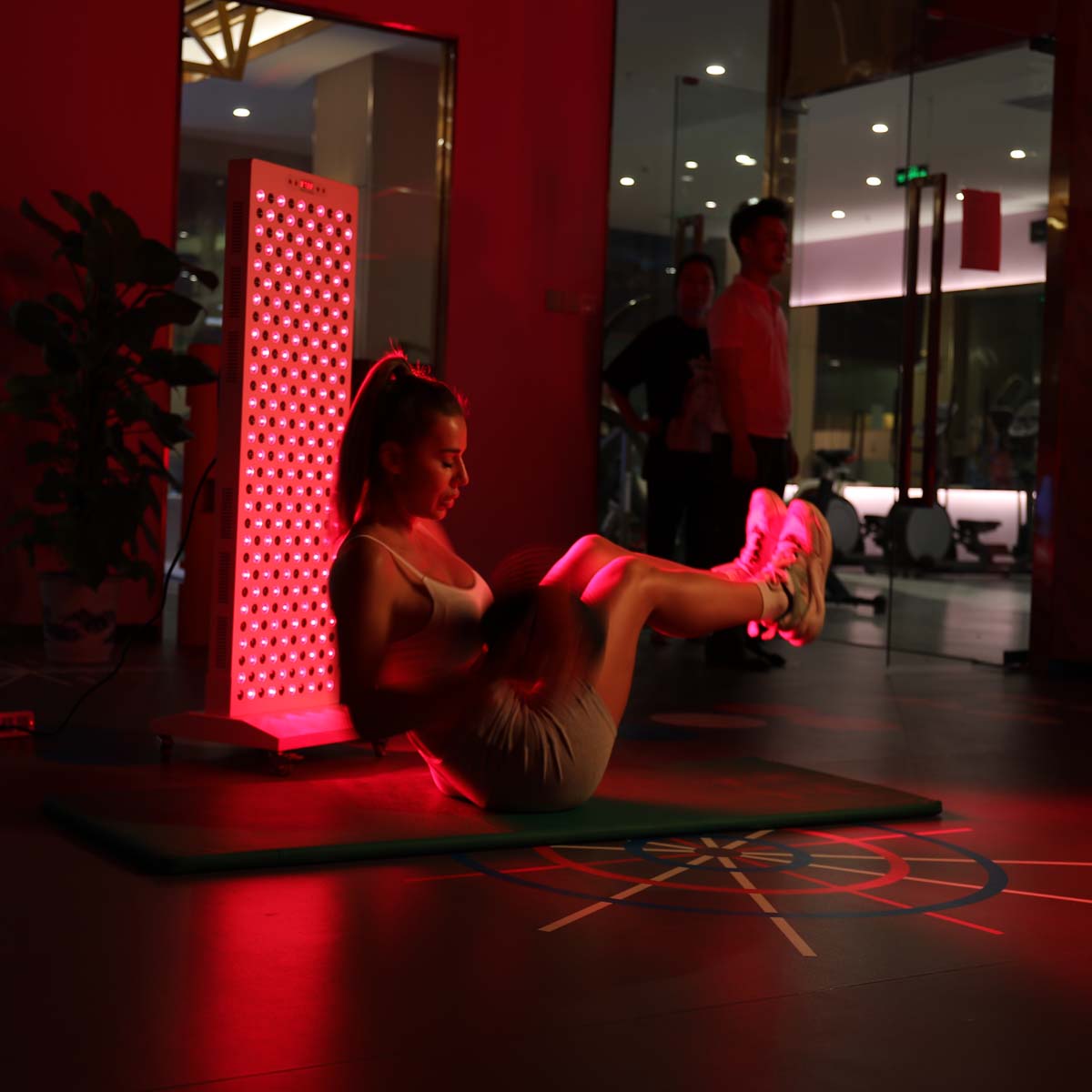
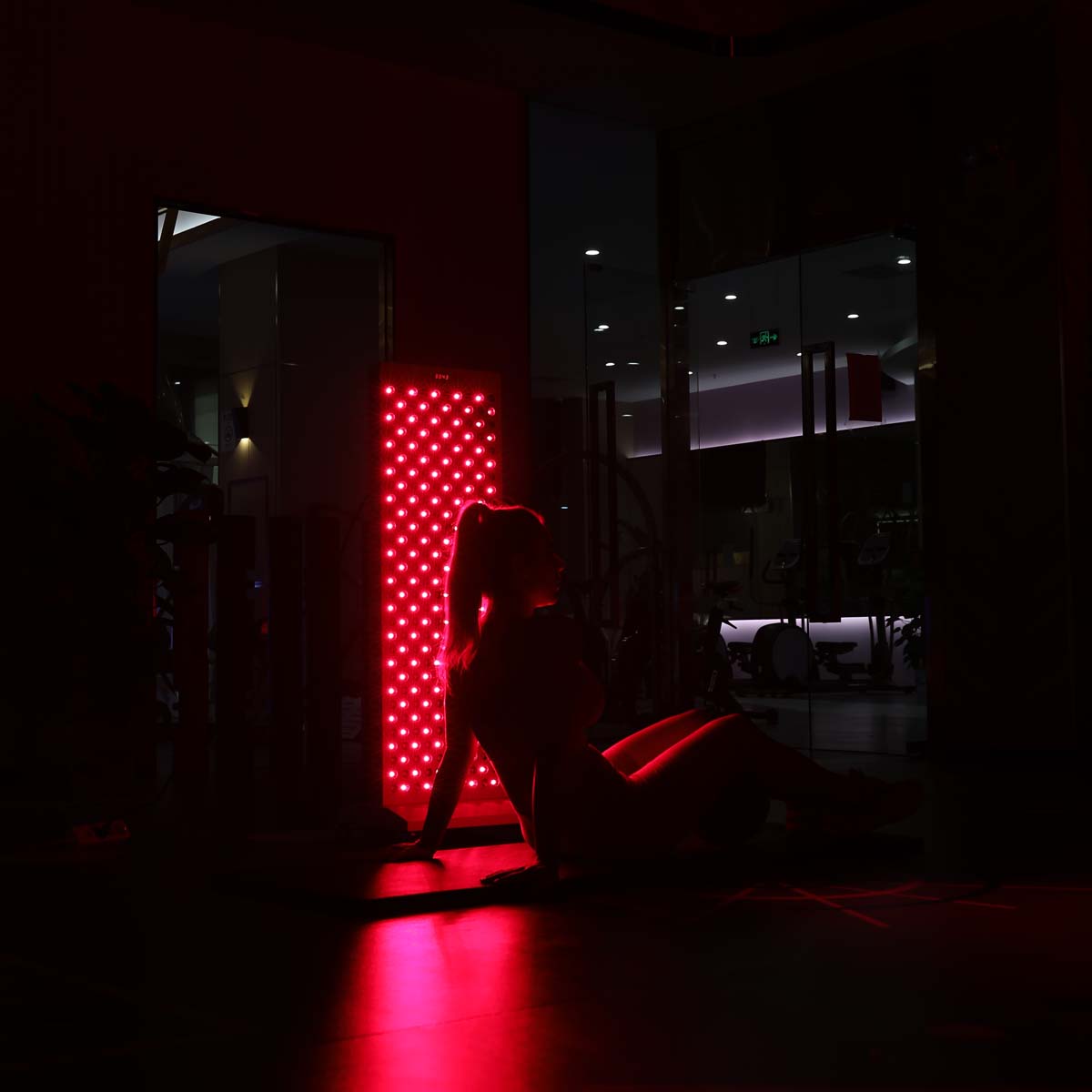
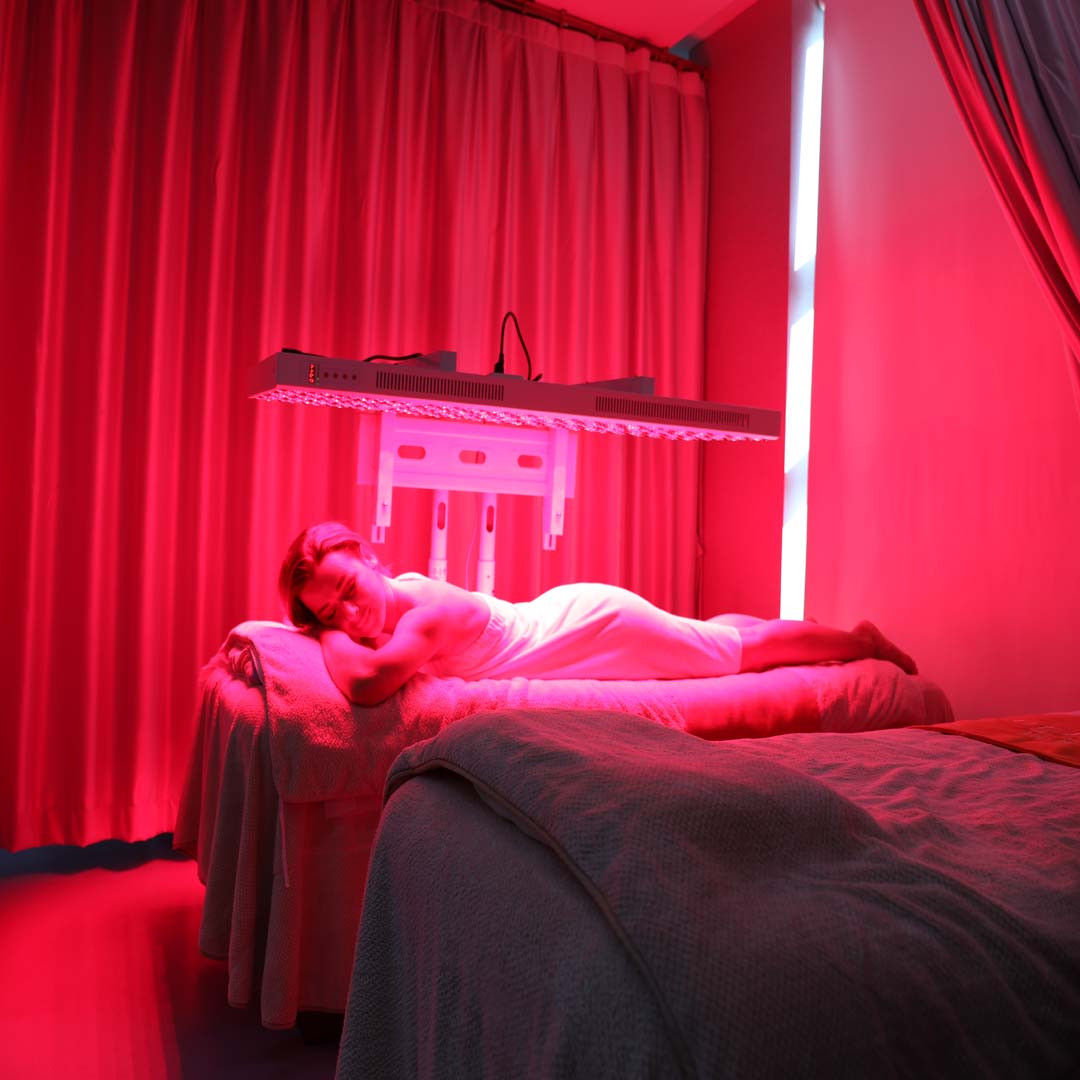
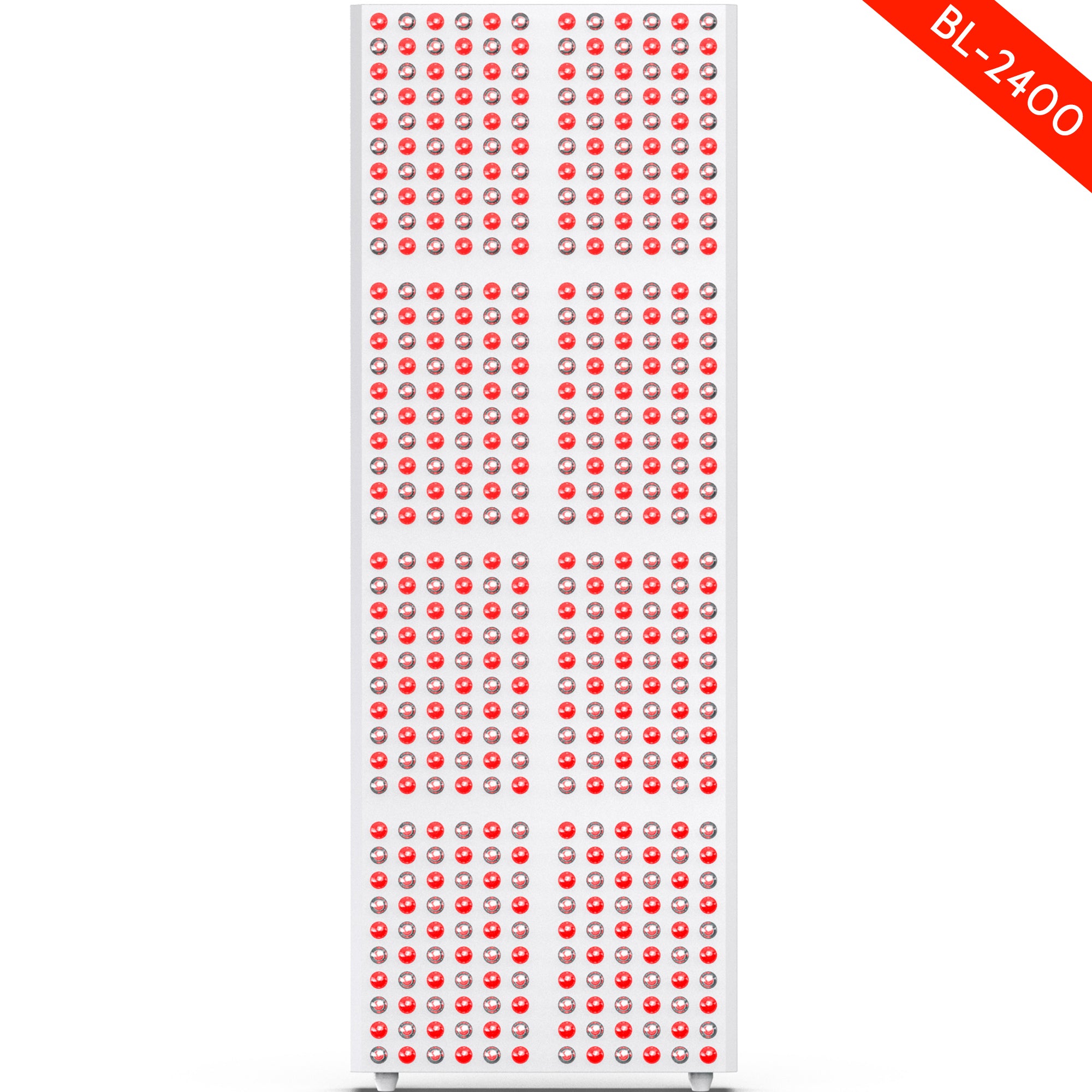
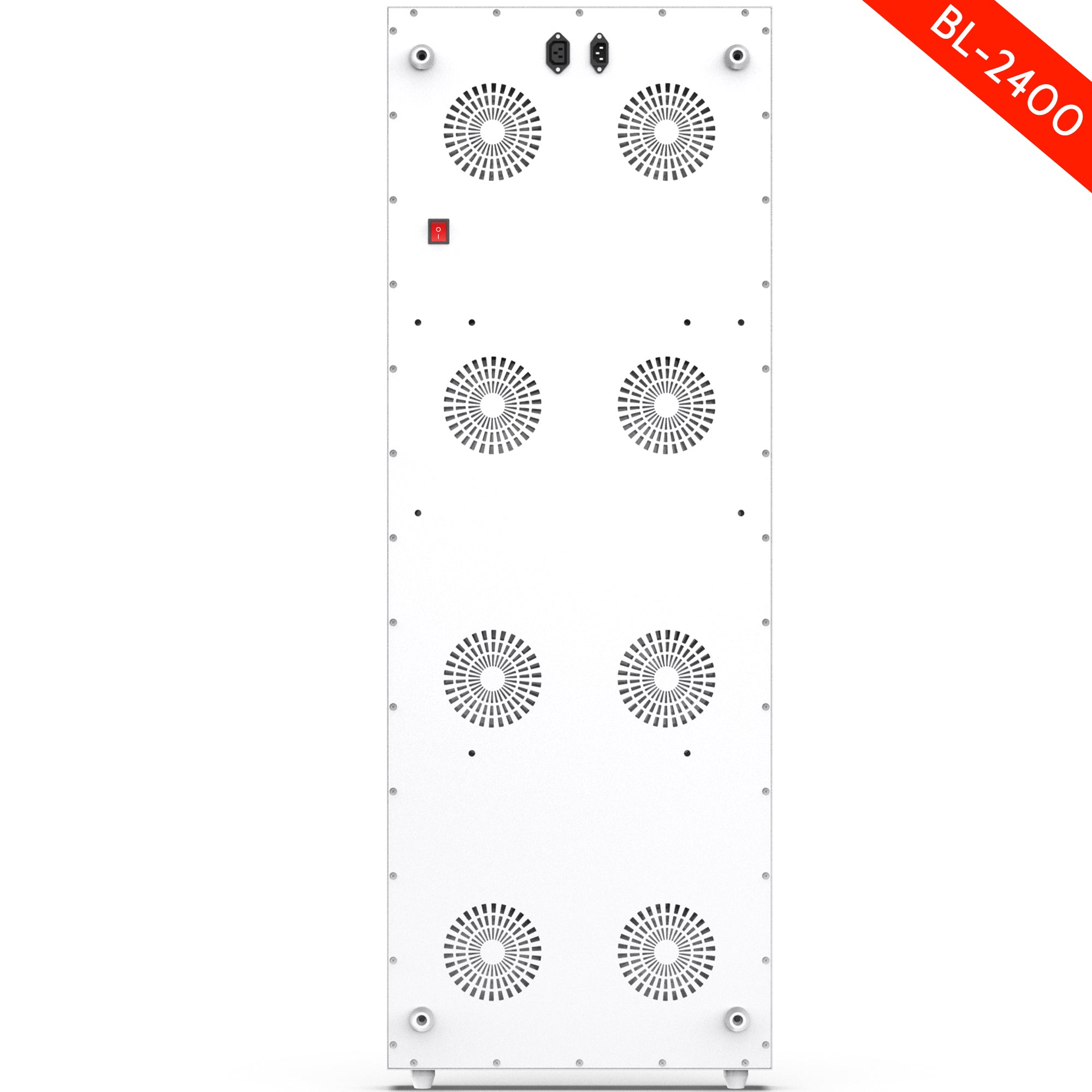
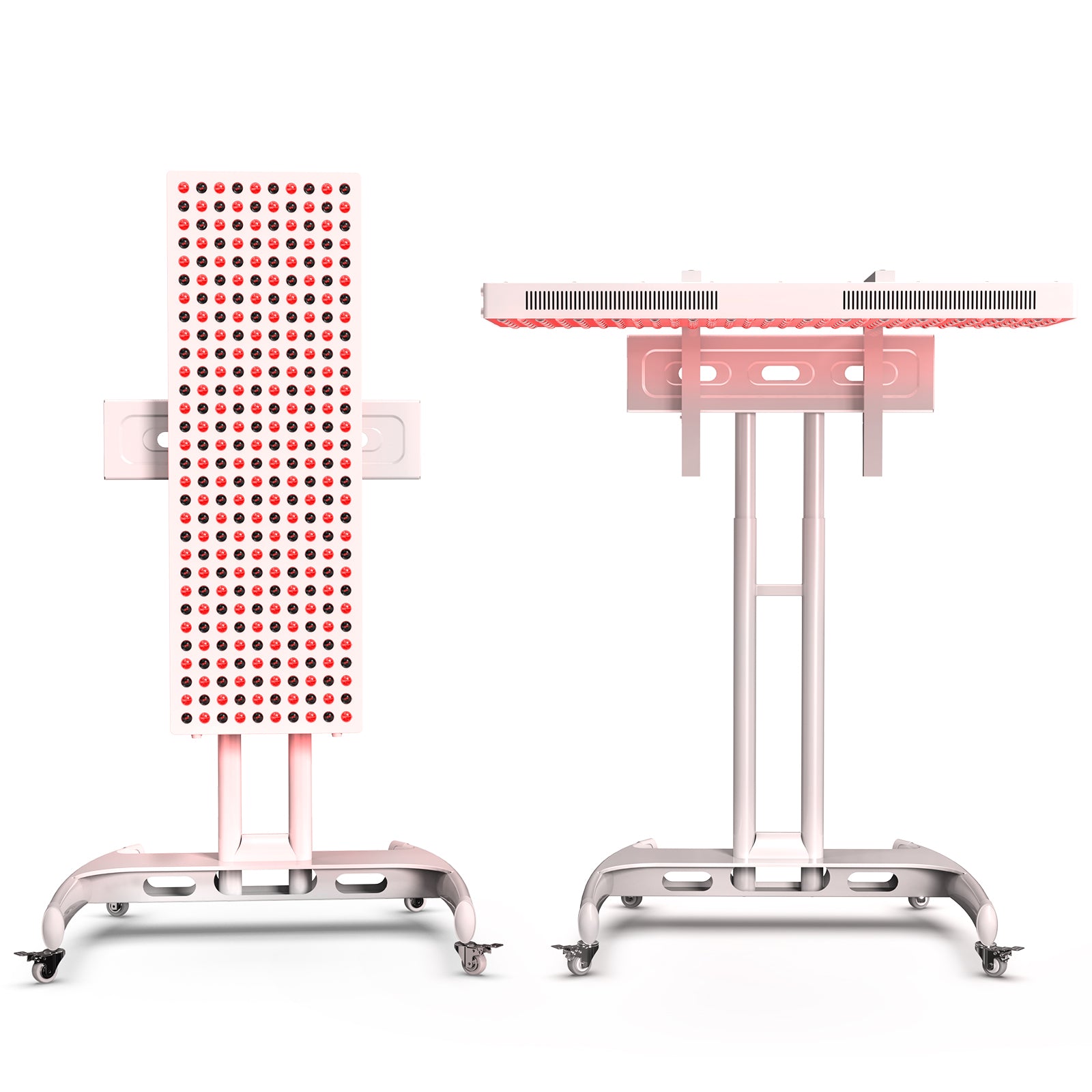
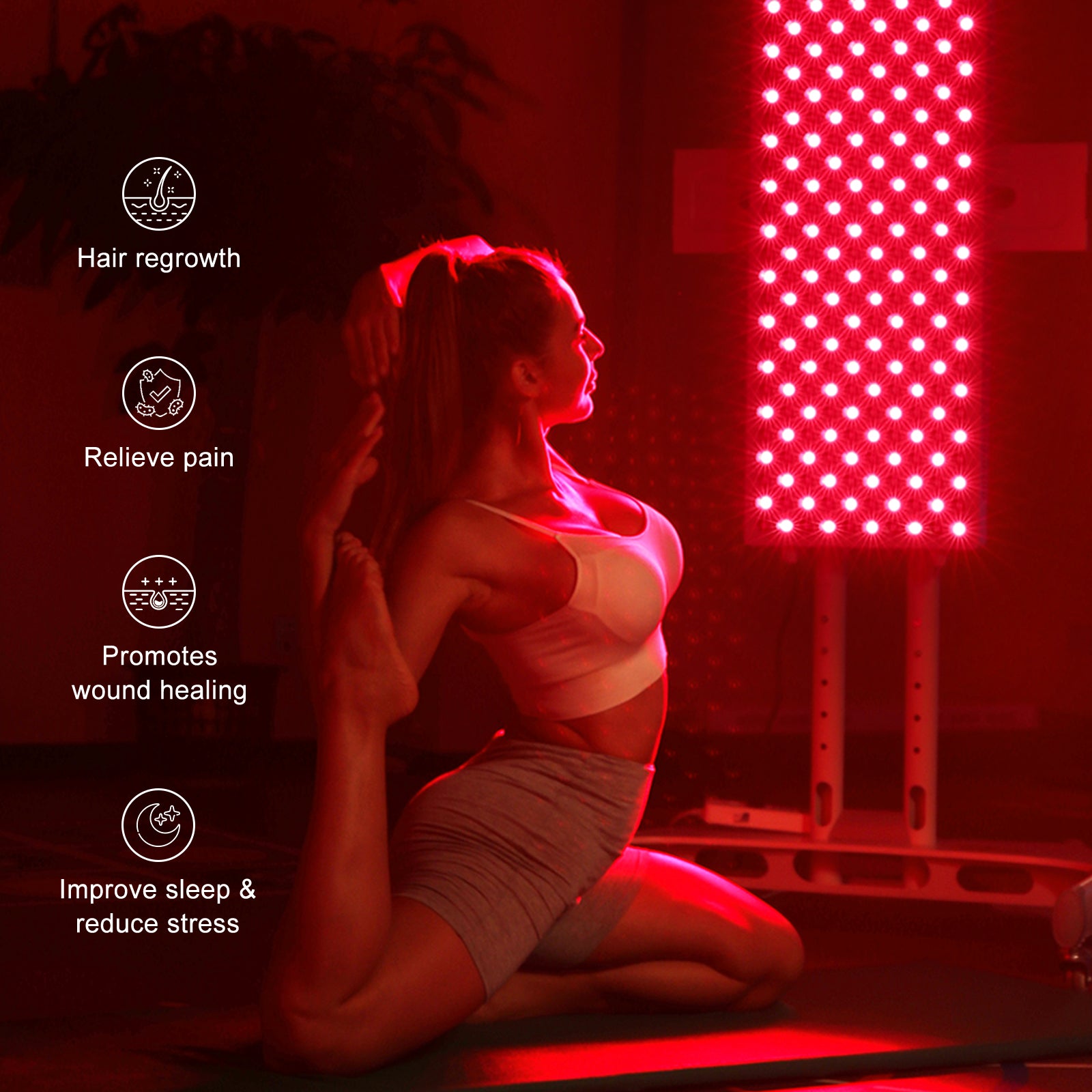
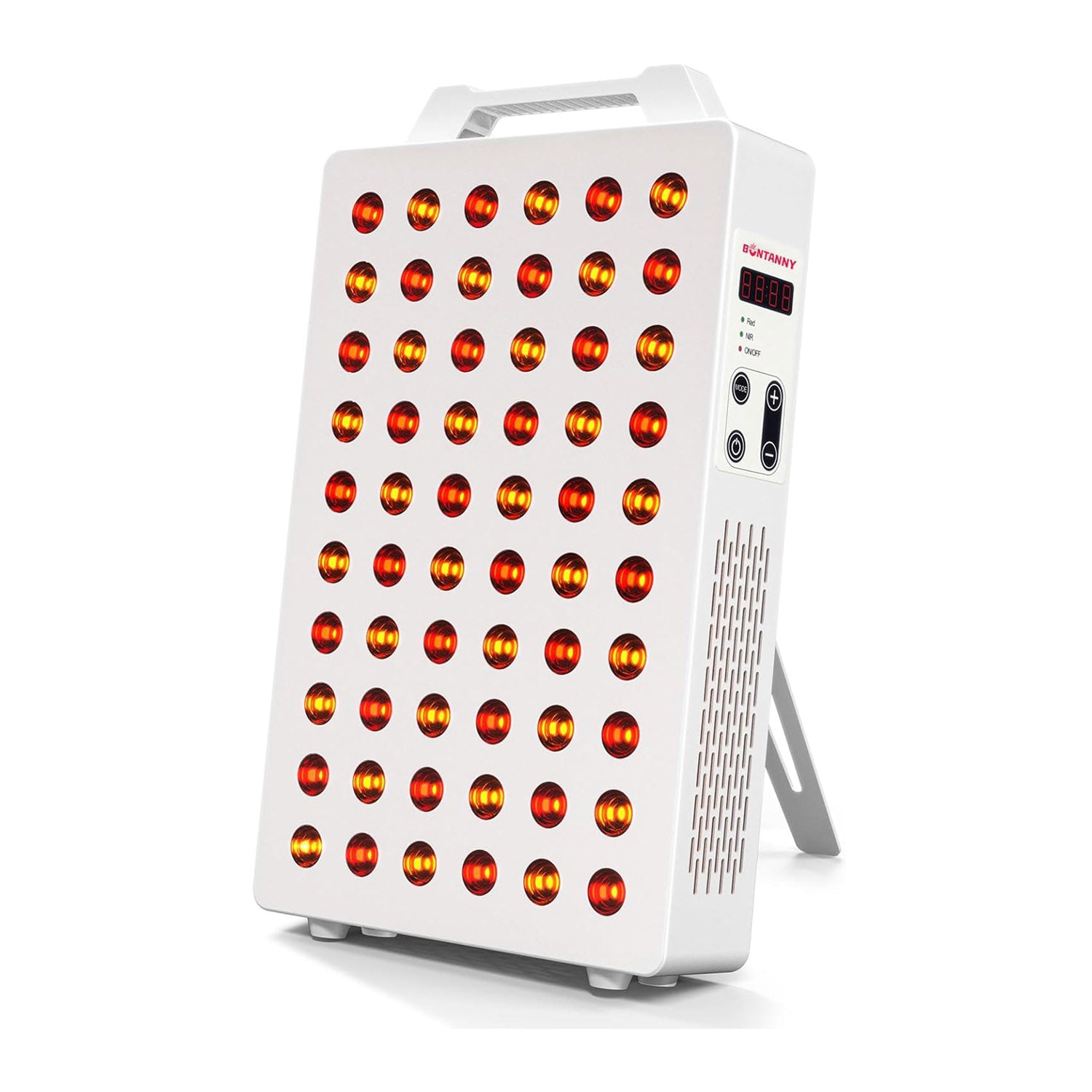
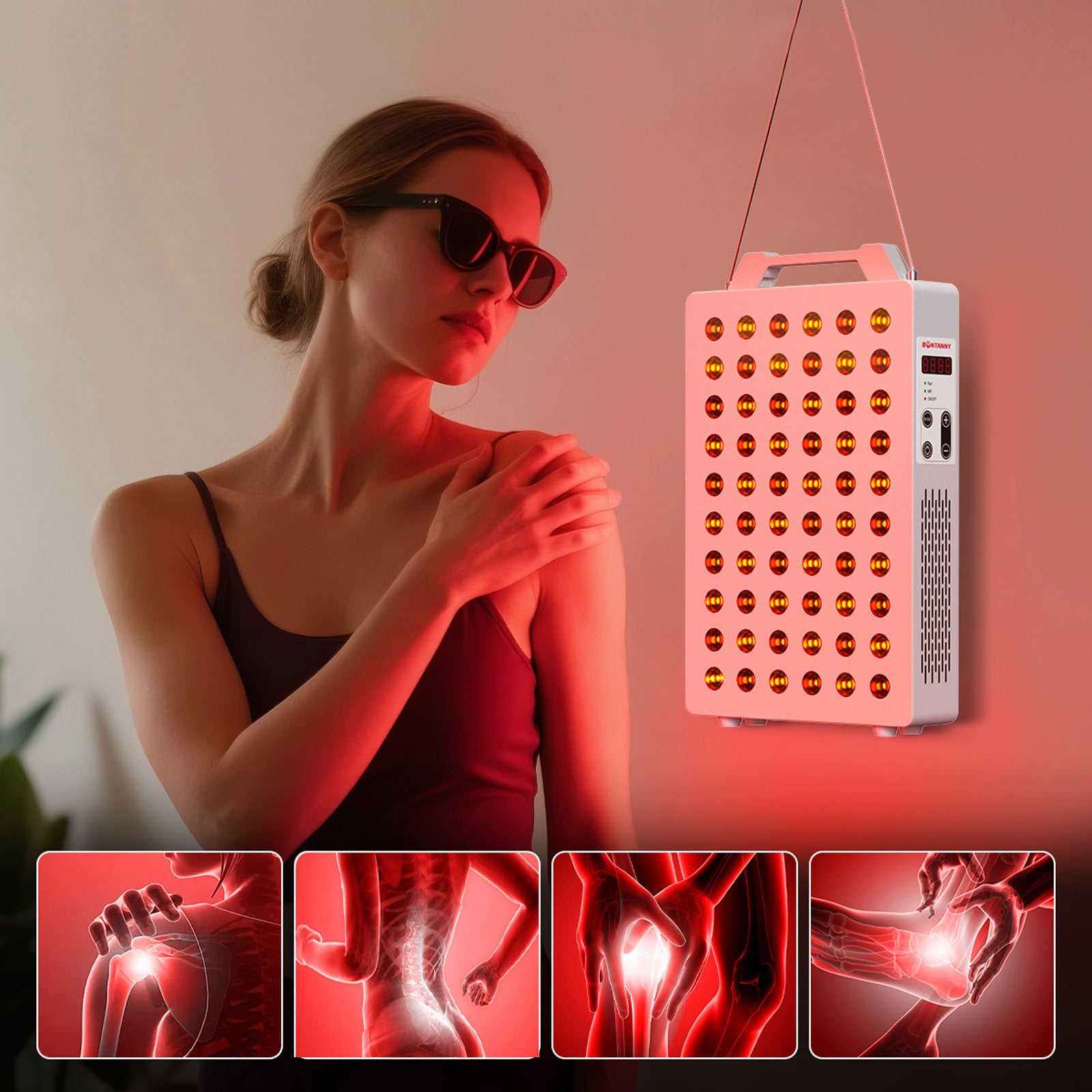
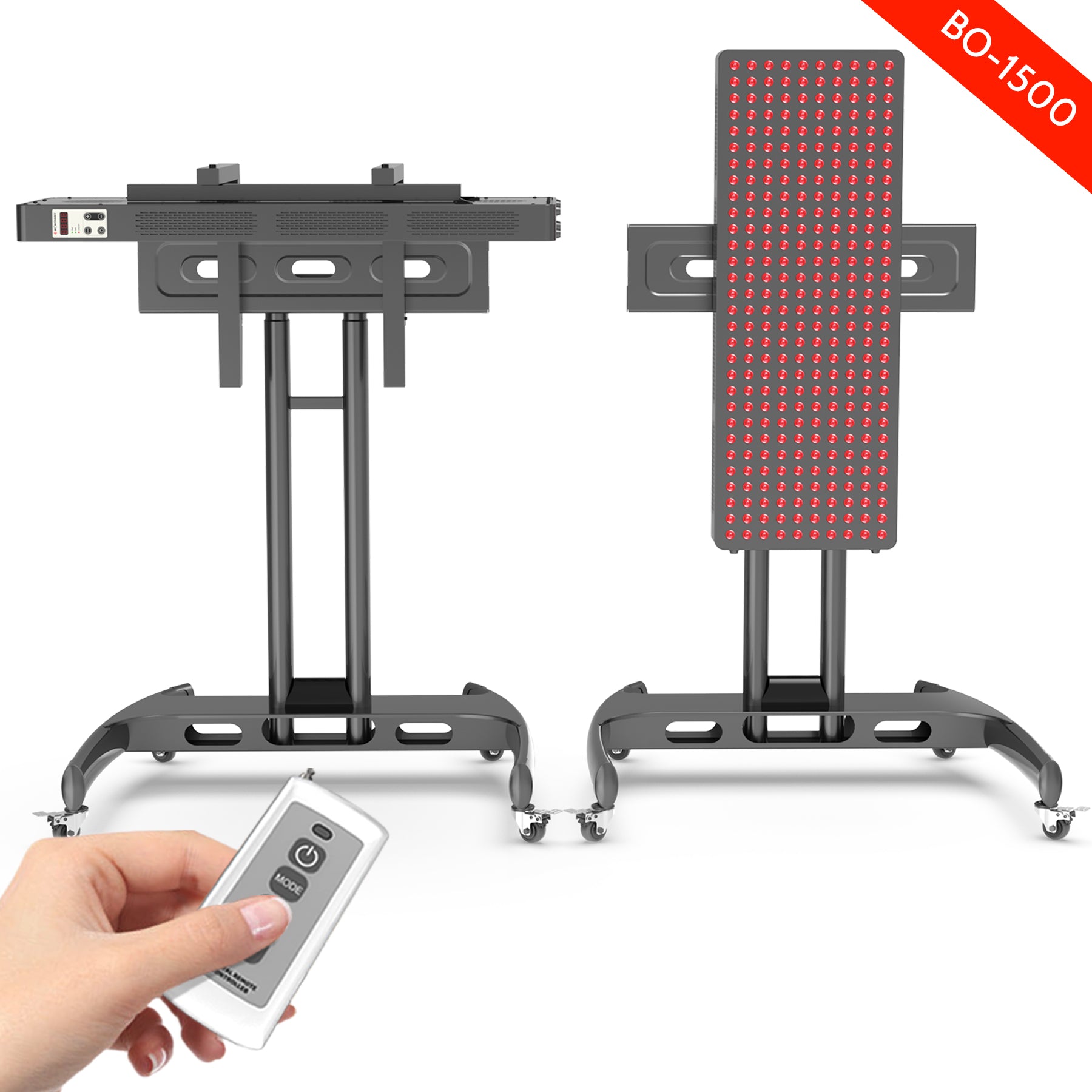

Leave a comment
This site is protected by hCaptcha and the hCaptcha Privacy Policy and Terms of Service apply.